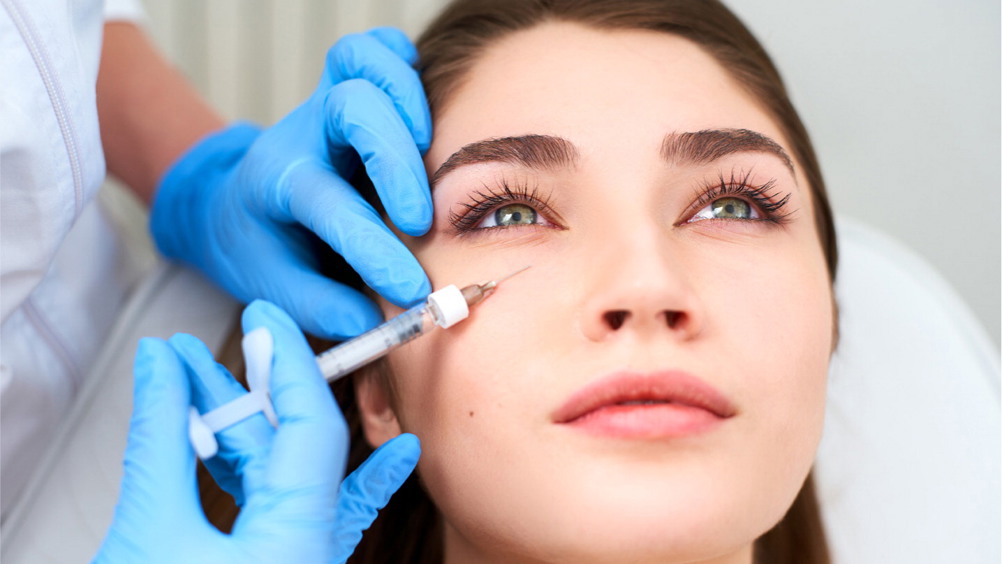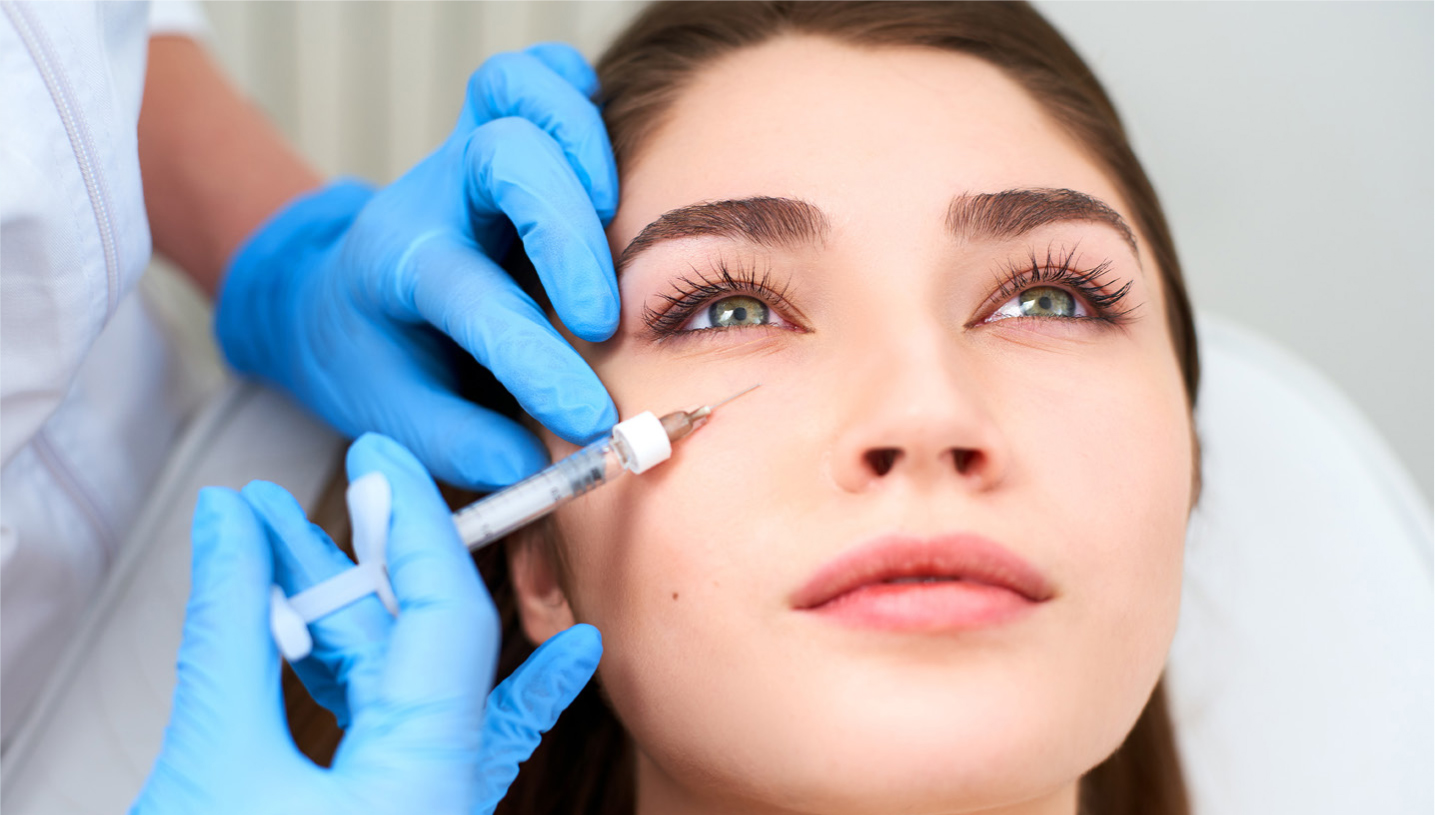References
RESEARCH ROUNDUP

Abstract
In this regular feature, aesthetic nurse Claudia McGloin presents a brief synopsis of a range of recently published articles on medical aesthetics. Research roundup aims to provide an overview, rather than a detailed summary and critique, of the papers selected. Should you wish to look at any of the papers in more detail, a full reference is provided at the end of each study summary

 One study reviewed the role of hyaluronic acid fillers in causing loss of vision
One study reviewed the role of hyaluronic acid fillers in causing loss of vision
As the use of dermal filler injections increases worldwide, as are the cases of serious adverse events, such as loss of vision and skin ischemia, being reported.
The aim of this article was to review the role that hyaluronic acid (HA) fillers may play in causing vision loss and to further explain the outcomes vision loss caused by HA fillers.
There was a total of 29 articles used for this study, which showed 60 distinctive cases of HA filler causing loss of vision. There were also 26 articles with details of 44 cases that were included in this study.
Most of these vision loss cases were seen among women aged 20–40 years and the majority of these cases were reported in Korea and China.
The results of this study showed that nearly 50% of these cases reported visual complications and had partial loss of sight, therefore, the terms ‘partial vision loss’ and ‘complete vision loss’ were used to describe the differences between the degrees of vision loss. The study also showed that most of the cases were unilateral, with visual signs and symptoms beginning immediately.
Register now to continue reading
Thank you for visiting Journal of Aesthetic Nurses and reading some of our peer-reviewed resources for aesthetic nurses. To read more, please register today. You’ll enjoy the following great benefits:
What's included
-
Limited access to clinical or professional articles
-
New content and clinical newsletter updates each month


